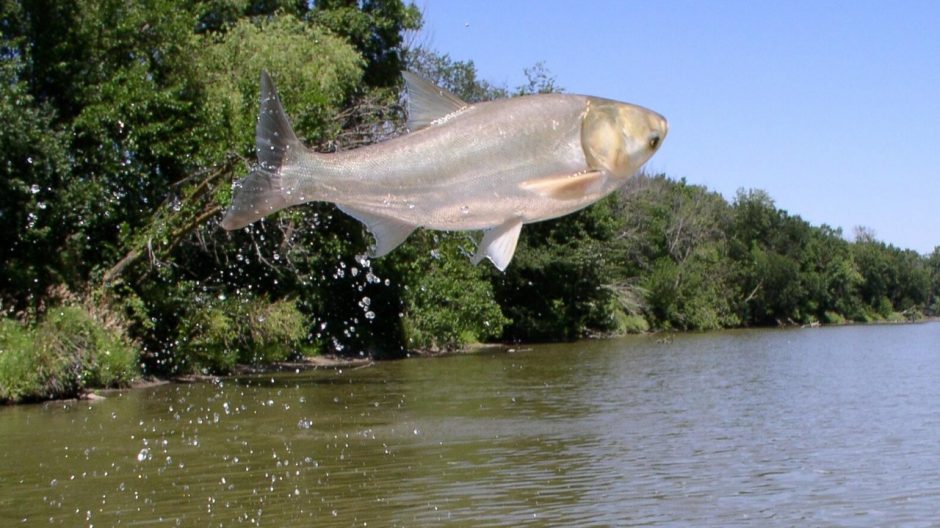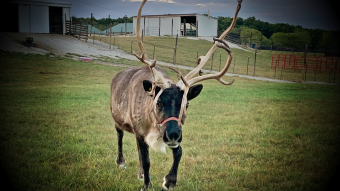
June 16, 2021
Contact: Eric Stann, 573-882-3346, StannE@missouri.edu
For more than two decades, Duane Chapman, a fish biologist with the United States Geological Survey (USGS), has been chasing the spread of invasive carp, a family of fish originally from Europe and Asia, which individually are known as bighead carp, black carp, grass carp and silver carp. After their introduction to the U.S. in the 1970s by way of aquatic farms, they escaped into the Mississippi River and began to reproduce, causing widespread economic and environmental damage as they out-competed native fish populations for food and other resources.
Now, Chapman and his colleague Robert Jacobson, a research hydrologist from the USGS Columbia Environmental Research Center, are partnering with University of Missouri researchers to use an approximately $200,000 grant from the USGS Aquatic Invasive Species Competitive Grants Program to develop a three-dimensional (3D) model to better predict how the variable dynamics of river water flows — currents and water turbulence — influence the spread of invasive carp throughout the U.S. Invasive carp reproduce in rivers, and can lay thousands of eggs at a time that can drift for miles in river flows before hatching.

“These carp can live in lakes and other bodies of water, but only spawn, or reproduce, in rivers,” said Chapman, a co-investigator on the grant. “We hope this new model will be able to improve our ability to forecast where the ideal or non-ideal locations are for the survival of carp offspring. Also, while we are primarily focused on this invasive species, we also believe that this model, with some modifications, has the potential to help with predicting the survival of other fish species, such as the endangered pallid sturgeon.”
The ability of four invasive carp to spread easily into new habitats has scientists like Chapman concerned for the ecological well-being of ecosystems that have not been touched yet, such as the Great Lakes, where the introduction of invasive carp could potentially damage the region’s commercial fishing industry, valued in the billions of dollars each year. Chapman said the new model will also allow scientists to better determine what types of countermeasures might be used to reduce the population of invasive carp.
Binbin Wang, an assistant professor of civil and environmental engineering and lead investigator on the grant, said the current approach to study the spread of invasive carp offspring in water flow utilizes only one- or two-dimensional models, which are useful but are limited in the ability to accurately measure the variable dynamics that occur in rivers. Wang, whose research focuses on the physics of fluid dynamics such as water, is excited to see a potential real-world application of his research.
“River flows are highly three-dimensional in nature,” Wang said. “For this particular project, we are looking at various intensities of turbulent water flow. Turbulence is essentially highly organized chaotic motion. River turbulence is also critical in spreading out the eggs of invasive carp. Imagine if you are stirring a coffee cup. A three-dimensional flow needs to be created in order to mix the coffee with any additional ingredients so the ingredients go not only back and forth across the cup, but also up and down so they are mixed thoroughly. We are using this approach to allow scientists to better understand the fundamental mechanisms that can either help or hinder the survival of fish eggs in a river system.”
The multi-year project is scheduled to be completed in fall 2023, and includes a field test of the model utilizing an area of the Lower Missouri River. The testing site was chosen because the ecological structure of the area is similar to many other large rivers in the U.S., such as the Mississippi River.



